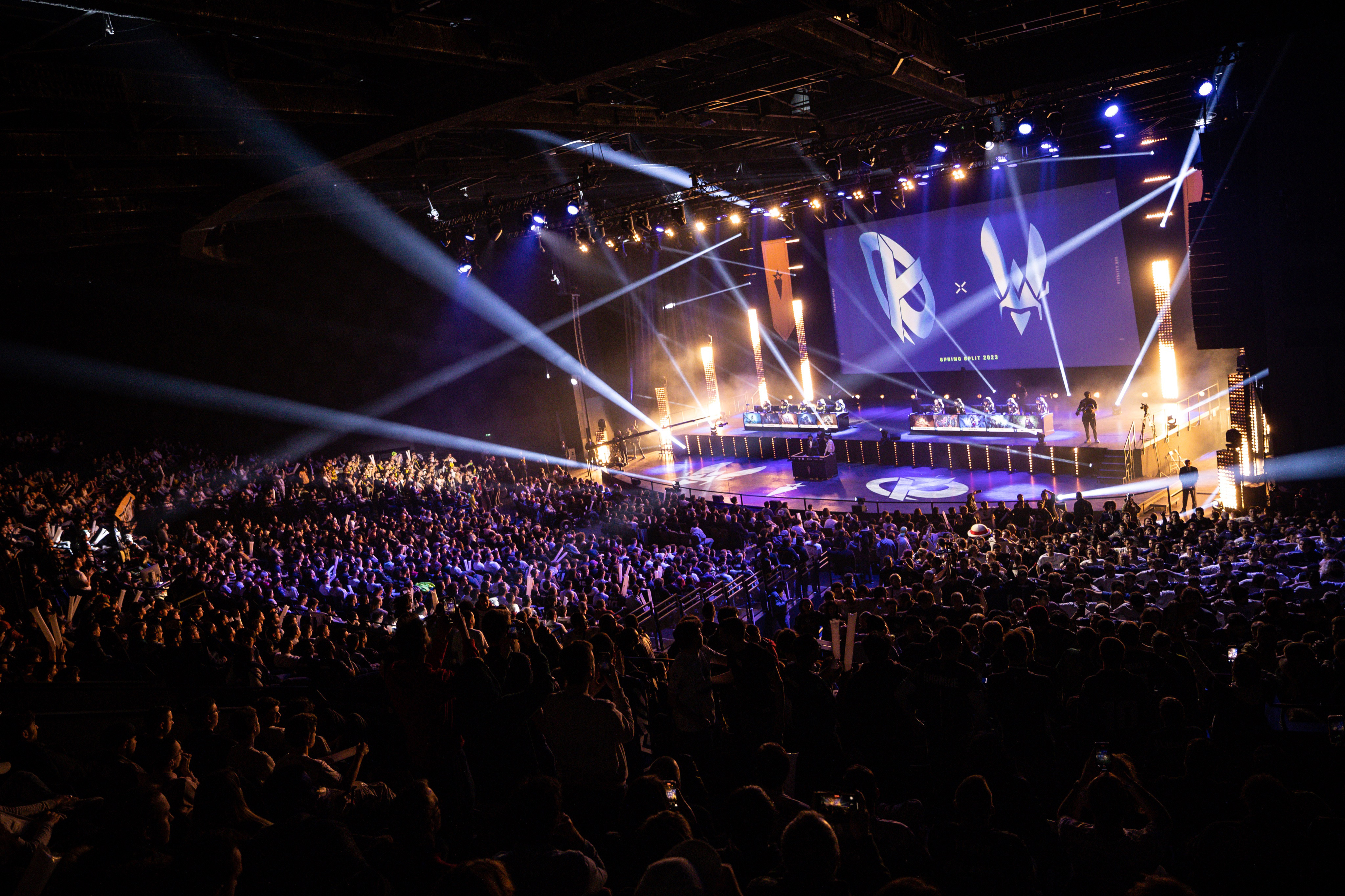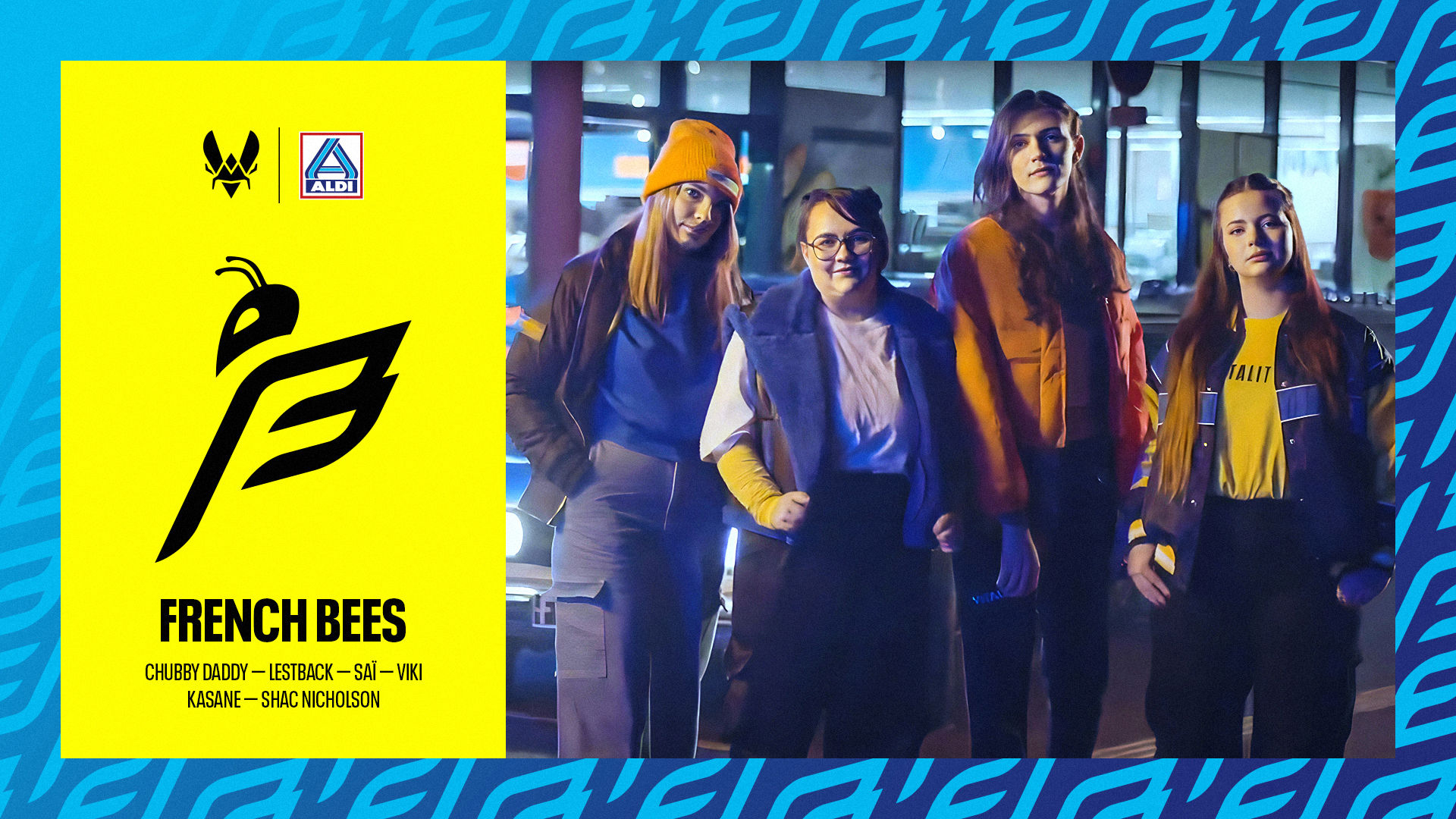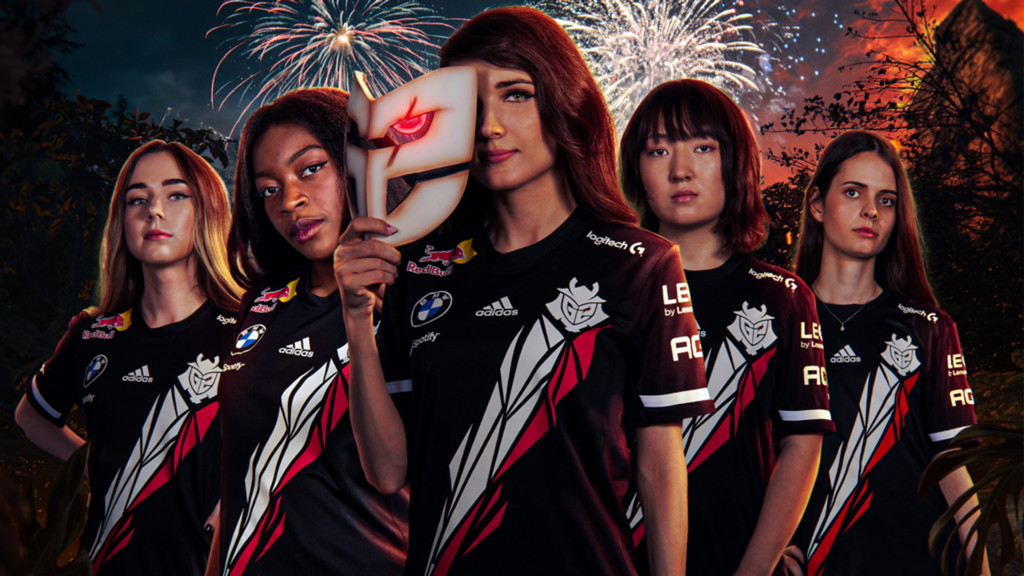In France, a brand-new women’s competition and some pioneering all-woman teams were announced by regulators and franchises on Thursday, seemingly settling the debate on the merits of their existence and finally putting words into action.
League esports’ new hype
Riot France and Webedia ‘ the most famous French digital entertainment group which serves as a coregulator of France’s three professional and semi-professional top leagues (LFL, LFL Div2, and Mastercard Nexus Tour) ‘ took advantage of the LFL’s mid-split on-stage event to make landmark announcements in favor of more women’s inclusion in the League of Legends esports scene at a national level. They indeed unveiled the outline of a project teased a month ago: that of a women’s French cup.
This competition, named ‘Coupe des Ãtoiles’ (which translates to Stars Cup), will be held between October and November and will feature eight teams in a single elimination bracket. While two of these spots will be granted by open qualifiers, the six other slots will be selected by the regulators, who aim at arousing the biggest clubs’ interest, provided they can sign a roster meeting the nationality requirements.
Webedia tournaments director Yoann Bouchard confirmed this intention in a press conference and added that all LFL teams were welcome to try and file an application. We shall see, for instance, if Karmine Corp plans to form a League of Legends women’s team, as they just did on Valorant.
 Team Vitality’s new women’s team will compete under the name ‘French Bees.’ (Image credit: @TeamVitality)
Team Vitality’s new women’s team will compete under the name ‘French Bees.’ (Image credit: @TeamVitality)Contents
Vitality’s new hive
In any case, Webedia’s call to action did not fall on deaf ears since Vitality announced the creation of their all-women team no later than Friday and the signing of five players. Coline ‘Chubby Daddy’ Reiter (age 24, toplane), Lexa ‘Lestblack’ Grellier (age 21, jungle), Alyssa ‘saï’ Lenoir (age 18, mid), Velouria ‘Viki’ Baty (age 25, ad carry), and Emeline ‘Kasane’ Baudouin (age 24, support) will thus join forces to form the French Bees’ first ever roster.
In addition to the Stars Cup, whose format allows a team just to play from one to a maximum of three series, they will also compete in the Mastercard Nexus Tour (the third division beginning this weekend) and various LAN tournaments. After Rogue Stars (for one tournament), SK Avarosa, and G2 Hel, Vitality thus becomes the fourth LEC organization to launch a female sister team.
This, along with Riot’s announcements in France, goes on to open up a new era of women’s inclusion in League of Legends esports. One that supersedes an era of lousy attempts, sometimes even tinged with cynical communication and brand logic when not directly sabotaged by online harassment. And one that recognizes the inefficiency of de jure mixed-gender leagues in this matter, acknowledging the intrinsic value of women’s leagues.
Fixing a demographic discrepancy
As Webedia esports director Bertrand Amar put it, ‘the dream would be that competitions that are theoretically mixed actually become mixed in real life’. And there is indeed a demographic bug here: there are more and more female players achieving Master and higher ranks ‘ although still not enough because of social constructs ‘ and who currently can play in ERLs, or at the very least in their second divisions, yet there is not a single woman to be found in all EMEA events, let alone in the LEC.
A recurrent problem in the few teams that actually tried is that transferring a woman into an all-male gaming room often leads to her not being treated the same way as the other men in a competitive environment. Indeed, teenagers and young adults might not always serve as the best vectors of inclusivity, especially when they are not used to interacting with women and when they already face challenging issues regarding their intimacy as boys who just escaped their child’s room. Not to mention online toxicity that tends to disproportionately target women in a mixed roster. Current G2 Hel’s ad carry, Maya ‘Caltys’ Henckel, previously paid the price during her spell at the Balkan League side Valliance. She ended up being benched after three matches, not for sporting reasons.
Worrying about signing effectively mixed rosters is, thus, unfortunately, seen as an unnecessary problem that managers generally refuse to face. And it’s difficult to put all the blame on them, as their primary mission remains winning, not promoting inclusivity at the expense of synergy and, consequently, competitive results.
 G2 Hel inaugurated its first-ever lineup at the end of 2022. (Image credit: @G2esports)
G2 Hel inaugurated its first-ever lineup at the end of 2022. (Image credit: @G2esports)A necessary step towards effectively mixed leagues
This is where regulators come into play. Once they are convinced of the necessity and added value of women’s leagues, they give incentives to the biggest structures to develop female sister teams. And this is key since these organizations include several competitive rosters ‘ generally an academy in addition to the main team, sometimes on many games ‘ that will share offices, scrims, and knowledge with the women’s team and bring them social media and scouting visibility.
Besides acting as incubators, these organizations will render women’s teams, and women in esports in general, fully legitimate by force of habit. It will then come as no surprise to see female players joining academy teams as substitutes, then as starting players, and later entering main teams in S-tier tournaments. In the process, all these players will act as role models. Predictably, more women will be inspired to try hard and reach Grandmaster or Challenger in the solo queue before pursuing a competitive esports career. If such initiatives can help just a small portion of these players. If such initiatives can reveal to the whole continent players who will ultimately have the capacity to join the biggest teams and play their small part in raising the level standard of European League of Legends, then it’s worth it.
And if it does not, if it just shows that demography doesn’t follow, that there are not enough female players, then it’s still worth it to give a chance to the rare ones. The industry literally has nothing to lose in trying women’s leagues out. And everything to win. Women’s leagues appear as a necessary intermediate step in achieving inclusivity in League of Legends esports and getting the industry ready for mixed leagues. Because as Mayumi’s incident in CBLOL and Remilia’s tragedy in NA have shown, the industry still has a lot of work to do.
Cover image credit: Elliot Le Corre/LFL



